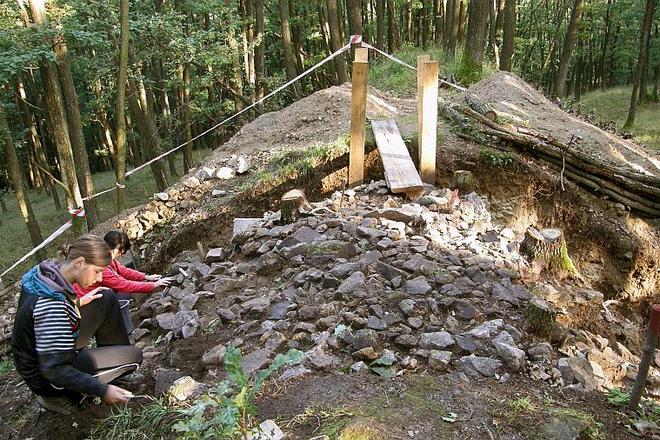EACH AUGUST, the Archaeology Institute in Nitra organises a month-long Summer School of Archaeology that is based in this city as well as in surrounding field-excavation sites. This year the school welcomed a dozen archaeology students from Germany, Bulgaria, Austria, Poland, Hungary, the Czech Republic and the United States, as well as from Slovakia.
This summer the budding archaeologists carefully explored excavations in Majcichov and Bíňa. “We had two students from Harvard who returned again this year – and one of them partially made his post-graduate study here at our institute in Nitra,” Matej Ruttkay, head of the Archaeology Institute in Nitra, told the SITA newswire.
The summer school also focuses on natural sciences and their applications in archaeology so the students learned how to take professional samples that can reveal stories about past life at a site. Bíňa, once one of the biggest fortifications in Europe, has been found to have been constructed from three bulwarks with ditches. “We already know it dates back to the 10th century but we urgently need to make a more precise dating as events were very turbulent back then and every year can be crucial,” Ruttkay explained, adding that the work of the students will help to pinpoint a more exact date.
The second research site was at Pustý Castle near Zvolen. It was supported by the Visegrad Fund, with students from Poland, Hungary, the Czech Republic, Austria and Slovakia participating in the research effort. In recent years the archaeological research at Pustý Castle has been focused on the area of Dolný hrad (the Lower Castle).



 Slovakia has many interesting sites for archaeological research. (source: TASR)
Slovakia has many interesting sites for archaeological research. (source: TASR)